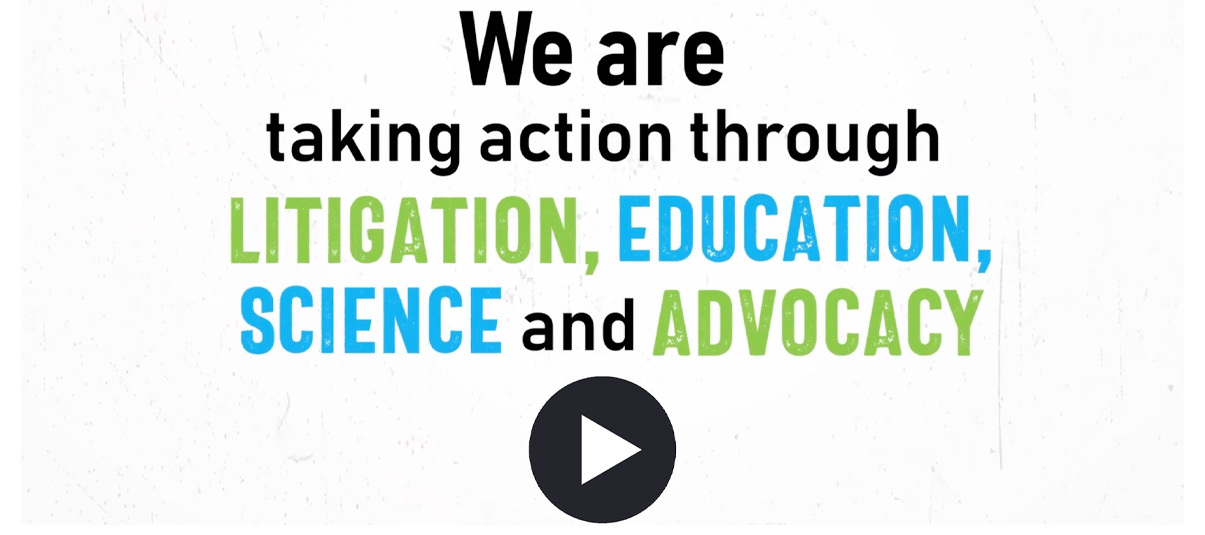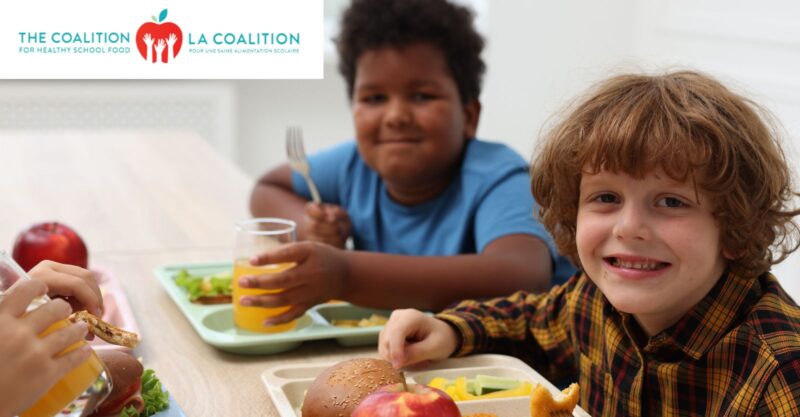Carney Makes School Food in Canada Permanent — But What Will Kids Actually Eat?
Prime Minister Mark Carney confirmed on October 10 that Canada’s National School Food Program will become permanent.
With $216.6 million in annual funding starting in 2029, this is a major step toward universal food access — but the question remains: what kind of food will children actually be eating?
For over a decade, parents, educators and communities have been calling for a program that provides healthy school meals. The Coalition for Healthy School Food, which includes CHD Canada, organized this program and has been leading its advocacy, emphasizing that meals should be accessible, sustainable and genuinely nutritious.
“Making school food permanent is an important milestone for Canada,” said Mary Lou McDonald, President of Canadian charity Safe Food Matters. “But permanence must go hand in hand with principles. Parents have been asking for healthy, clean, local food for years. Feeding children is good. Feeding them safely is essential.”
Launched in 2024 with a $1 billion, five-year investment, the program currently serves up to 400,000 Canadian children and helps families save about $800 per year for households with two children.
While the government focuses on affordability and expansion, it has not clarified the quality or sourcing of the meals, including whether they will include organic, or at least free from pesticides, GMOs, harmful food dyes, and ultra-processed ingredients.
CHD Canada supports Safe Food Matters‘ stance: a truly healthy school food program should prioritize small local family farms, exclude ultra-processed glyphosate-laden foods, and maintain full transparency about menus and suppliers.
Parents want real, safe food for their children — not just calories on a plate.
Find Safe Food Matters’ original article here.
Contact your representatives and tell them you demand full transparency.
**************************************************************************************************************

